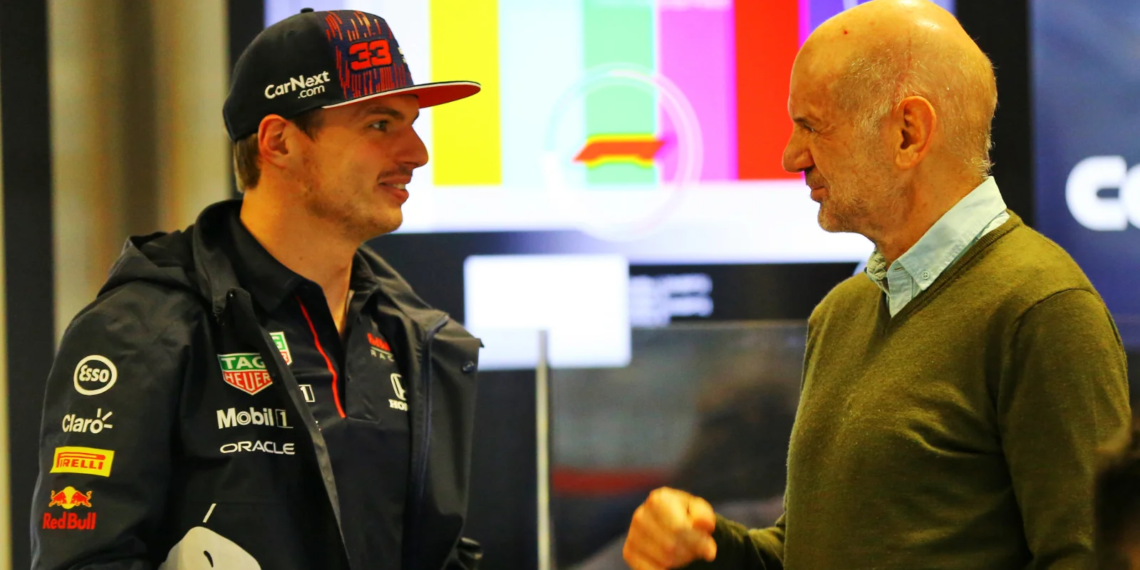Adrian Newey, the renowned Formula 1 designer, has recently joined Aston Martin as Managing Technical Partner. His appointment is a strategic move by the team to elevate their competitiveness, particularly with the 2026 regulation changes on the horizon. Newey’s primary objective is to develop a championship-caliber car that could potentially entice top-tier drivers like Max Verstappen to consider a future with Aston Martin.
Newey emphasizes that to attract a driver of Verstappen’s caliber, Aston Martin must first produce a car capable of winning races. He candidly stated that luring Verstappen is a “pipe dream” until the team can offer a vehicle that matches or surpasses the performance of Red Bull’s machinery. This underscores the importance of delivering tangible results to make Aston Martin an appealing option for elite drivers.
A significant hurdle in achieving this goal is the current state of Aston Martin’s driver-in-the-loop simulator, which Newey describes as lacking correlation with real-world data. This deficiency hampers the team’s ability to fine-tune car setups and predict performance accurately. Addressing this issue is critical, as a reliable simulator is essential for modern F1 development.
Despite these challenges, Aston Martin has made substantial investments in infrastructure, including a new wind tunnel and the recruitment of high-caliber personnel. These enhancements are part of a broader strategy to position the team as a formidable contender in the upcoming seasons. Team Principal Mike Krack has expressed that the arrival of Newey signals a shift in the team’s ambitions and capabilities.
Verstappen himself has not dismissed the idea of reuniting with Newey at Aston Martin. When asked about the possibility, he acknowledged his current focus on existing commitments but did not rule out future collaborations. This openness suggests that, should Aston Martin demonstrate competitive performance, they could become a viable option for Verstappen in the future.
Looking ahead, Newey is acutely aware of the challenges posed by the 2026 regulation changes, particularly the potential for engine performance to dominate the competitive landscape. He draws parallels to the 2014 season, where engine superiority played a decisive role. To mitigate this, Aston Martin’s partnership with Honda for power units becomes a critical factor in their quest to build a championship-winning car.
